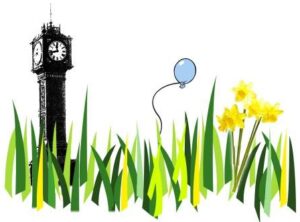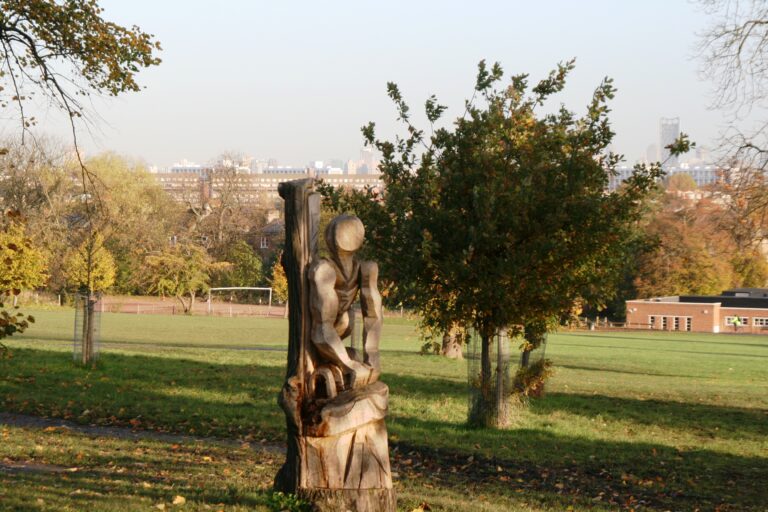Brockwell Park
History of the Park
Brockwell Hall
John Blades
Brockwell Hall is a late Georgian Country House built between 1811-13 for John Blades, a wealthy Ludgate Hill glass maker, as the centre piece of his Park Estate. It replaced the old Brockwell Hall sited down by Norwood Road. The perimeter of today’s Park reflects the boundary of the original estate.
Brockwell Hall, now a Grade II* listed building, was designed by the architect D.R. Roper (also responsible for St Marks, Kennington) in a style, loosely termed, ‘free Grecian’ and is a plain but fine example of its kind.
It consists of a main residential block with a stone portico to the main entrance on the north elevation, complemented by a curved bay on the south side. A service wing connects the main house to the stable yard and stable block. The brick bay and cast iron verandah on the south side and the ‘Raj’ style bell turret on the service wing are Victorian additions.
The real merit of this complex of buildings is the way they nestle so discreetly along the ridge of the hill, commanding the centre of the Park without being too dominant and overbearing. The building and the surrounding paths afford wonderful vistas and views of London.
Thomas Lynn Bristowe M.P
On the death of John Blades in 1829 the Hall and Estate passed by marriage to the Blackburn family who lived there until 1888 when it was acquired by the London County Council for the people of Lambeth and London as a public park.
The purchase followed a campaign led by Thomas Lynn Bristowe, the first M.P. for Norwood, who was instrumental in raising funds from public, church, charity and private subscription. It was ironic that the man who did so much to secure the Park should expire of a heart attack on the steps of Brockwell Hall shortly after taking part in the opening ceremony on 6th June 1892. A bust of Thomas Lynn Bristowe has been recently returned to Park, thanks to the fundraising efforts of the Bristowe working group and is currently located inside Brockwell Hall.
Performance Area
Brockwell Park has provided open air theatre since the 1890′s. Opposite the front entrance to Brockwell Hall is the Performance Area which more recently has staged adaptations of Shakespeare’s The Tempest (in 2010) Mid Summer Night’s Dream (2011/12) and Othello (2012).
Clocktower
Like the adjacent Brockwell Hall, this 19th century clock tower was not part of the Lottery funded restoration. BPCP and other partners will fundraise to ensure that it is restored to full working order.

Greenhouses
The Greenhouses original role was to serve the Walled Garden and, in latter years, it served the Park. In 1998, the greenhouses were ‘released from service’ and took on a new role as a local community resource.
Temple Building
The Temple building is a 200 year old folly. It has recently been repaired and now includes facilities for people with disabilities. It will in future serve as a meeting space for local community organisations.
Walled Garden
A secluded herbaceous flower garden lies to rear and the side of the Temple building. Restoration of the Walled Garden was completed at the end of 2012. The paths have been relaid with york stone and levelled to improve access. The pergola and shelter structures have been repaired and new planting laid.

Model Village
Located by the entrance to the Walled Garden, the Model Village comprises the remnants of Brockwell Village designed by Edgar Wilson in 1947. Read more about the history of the Model Village here.
Ponds
Brockwell Park provides 3 historic ponds located towards the Tulse Hill side of the Park and home to a wonderful array of plant life and wildlife. The ponds have been recently restored, with new timber bridges and a viewing platform added.
Brockwell Lido
An Art Deco Grade II listed building dating back to 1937 which is now operated by Fusion as a fitness and leisure facility. It provides an outdoor pool, gym and cafe.







